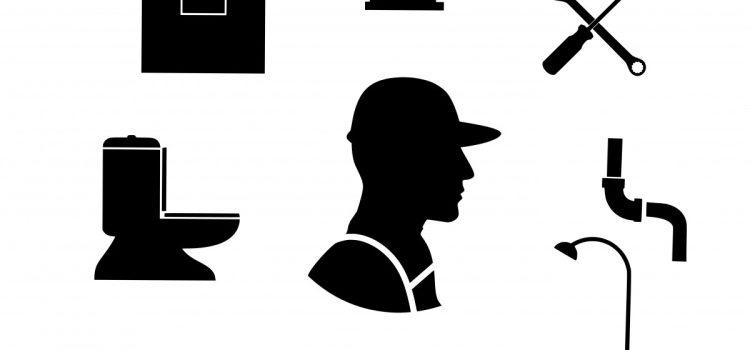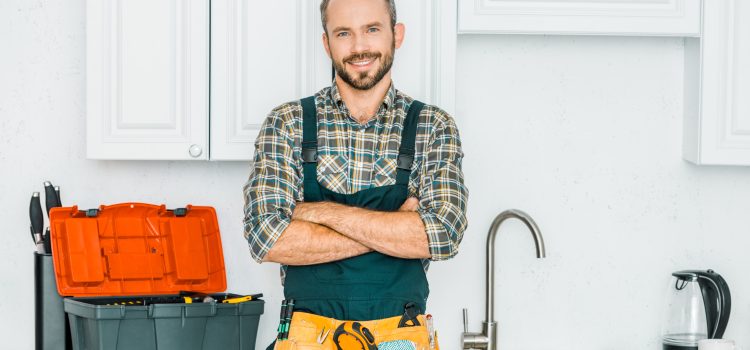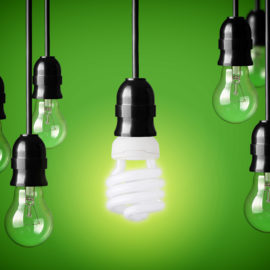
Plumbing issues are a common headache for homeowners, but few problems are as persistent and troublesome as pipes blocked by limescale. Limescale, a hard, chalky deposit that accumulates from the mineral content in hard water, can significantly reduce water flow, affect water quality, and even damage your plumbing over time. This comprehensive guide aims to arm you with the knowledge to identify, prevent, and remove limescale blockages in your plumbing system effectively.
Recognizing Limescale Buildup
Signs Your Pipes Might Be Affected
The challenge with limescale is that its buildup isn’t always immediately obvious until it starts affecting your water pressure or quality. Signs that your pipes might be suffering from limescale accumulation include a noticeable reduction in water flow, a white, chalky residue on faucets and showerheads, and household appliances like kettles and boilers becoming less efficient or failing prematurely. If you’re encountering these issues, it’s highly likely your pipes are battling limescale.
Preventing Limescale Accumulation
Hard Water Solutions
The key to preventing limescale lies in addressing the root cause: hard water. Hard water contains high levels of minerals like calcium and magnesium, which deposit over time as limescale. Installing a water softener system in your home can significantly reduce the mineral content in your water, thus mitigating limescale formation. In addition to softening your water, regular maintenance, including the cleaning of faucets and showerheads, can help minimize limescale buildup.
DIY Solutions for Removing Limescale
Natural Remedies and Chemical Cleaners
For those dealing with mild limescale blockages, a do-it-yourself approach can be both effective and economical. Natural ingredients like vinegar and baking soda are renowned for their cleaning properties, including the ability to dissolve limescale without harming your plumbing. For more stubborn blockages, there are specially formulated chemical cleaners designed to tackle limescale. These can be highly effective but should be used with caution. Always follow the manufacturer’s instructions to avoid inadvertently damaging your plumbing system.
- Vinegar and Baking Soda Method: This method involves creating a solution of vinegar and baking soda, which you then flush through your pipes. The natural chemical reaction helps to dissolve limescale deposits. Allow this solution to sit for a few hours, or even overnight, before flushing the pipes with hot water to clear the residue.
- Chemical Cleaners: When selecting a chemical cleaner, choose one that’s specifically designed for limescale removal to ensure its effectiveness and safety for your pipes. Application typically involves pouring the cleaner down the affected drain and letting it work its magic for a specified period before rinsing.
Professional Plumbing Solutions

When to Call the Experts
Sometimes, DIY methods just don’t cut it, especially if the limescale buildup is severe or located deep within your plumbing system. In these cases, it’s prudent to call in professional plumbers. They possess the tools, expertise, and experience to safely and effectively remove limescale, ensuring your plumbing is restored to optimal condition without risking damage.
Innovations in Limescale Removal
Technological Advances
The fight against limescale isn’t static; the plumbing industry continuously evolves, introducing new technologies and solutions. One such innovation is the electronic water descaler, an alternative to traditional water softening methods. These devices work by emitting electromagnetic waves that alter the electromagnetic properties of the minerals in the water, preventing them from depositing as scale on your pipes and fixtures. Such solutions offer a chemical-free, maintenance-free method of combating limescale, making them an attractive option for many homeowners.
A Clear Flow Forward
Maintaining Your Plumbing Free from Limescale
In conclusion, tackling limescale in your plumbing requires a multifaceted approach. From preventative measures like installing water softeners to employing DIY cleaning methods and, when necessary, enlisting the help of professionals, there are various strategies at your disposal. Regular maintenance and a proactive stance are key to keeping your plumbing system free from limescale blockages. By understanding the causes and implementing effective solutions, homeowners can ensure their plumbing systems remain clear, efficient, and long-lasting. Remember, preventing limescale not only saves you from future plumbing woes but also protects your appliances, fixtures, and ensures your home runs smoothly. The clear message here is that with the right care and attention, maintaining a limescale-free home is not just possible; it’s achievable.



